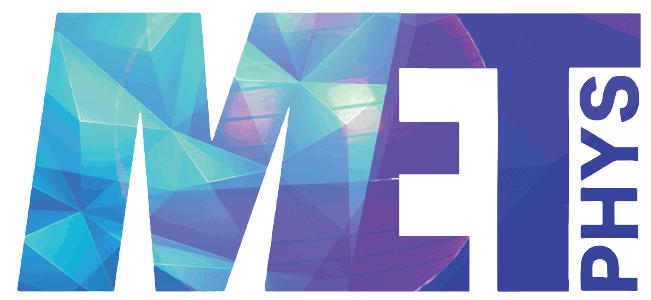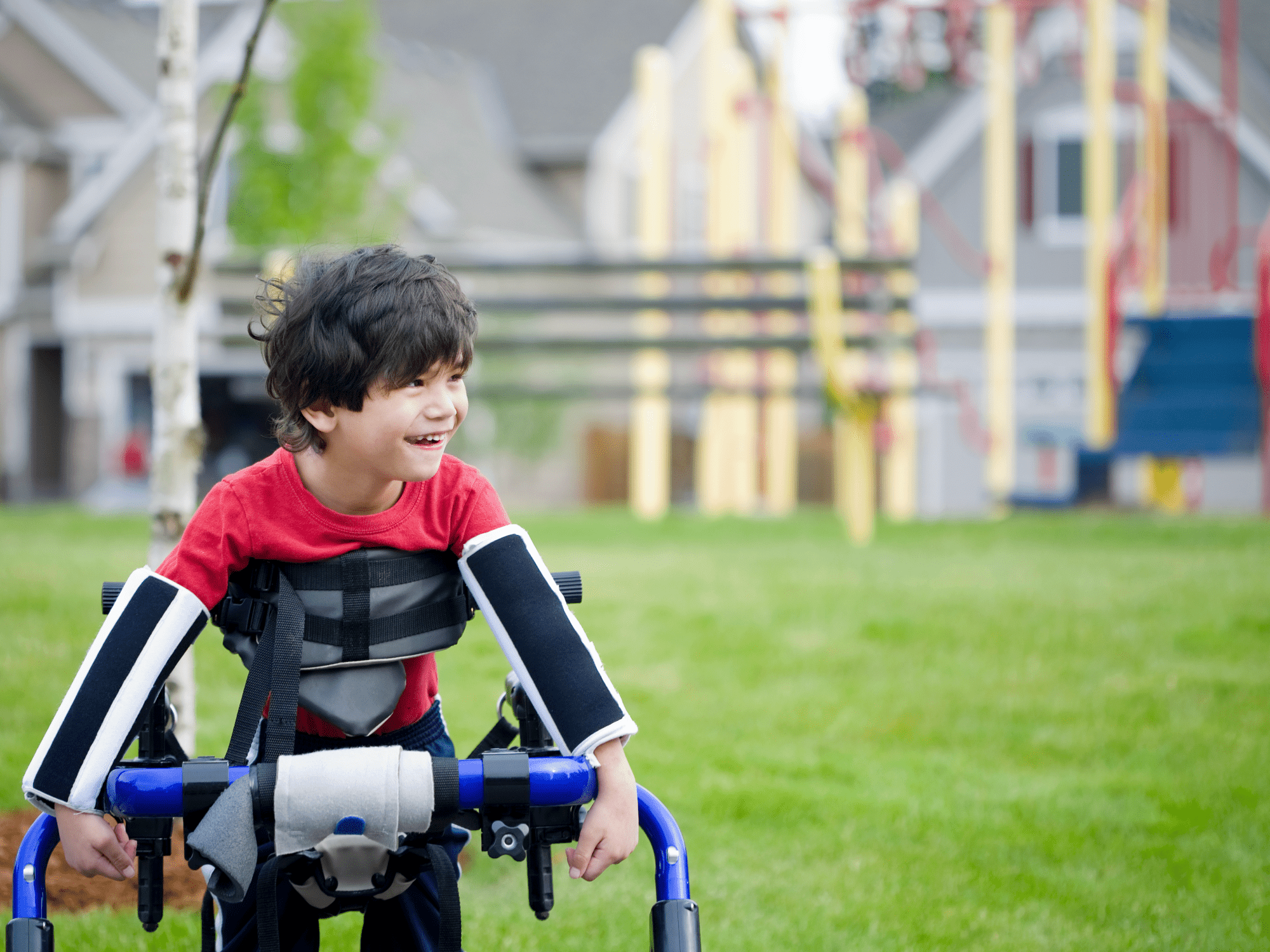There are over 30 different types of Muscular Dystrophy (MD) which are classed as a genetic disorder (American College of Sports Medicine [ACSM], 2003; Alemdaroglu et al., 2015). MD results in a person’s functional capacity being limited due to a degeneration of the muscle fibres (Alemdaroglu et al., 2015). This is caused by a lack of dystrophin and instability of the glycoprotein complex in the muscle sarcolemma (Alemdaroglu et al., 2015). There are currently no cures or treatments for the reversal or stopping of MD (ACSM, 2003; Alemdaroglu et al., 2015).
There are a number of different types of MD but some of the most common are (ACSM, 2003; Alemdaroglu et al., 2015):
- Duchenne’s Muscular Dystrophy (DMD)
- Becker’s Muscular Dystrophy
- Limb girdle Muscular Dystrophy
- Emery-Driefquss dystrophy
- Myotonic dystrophy, facioscapulohumeral dystrophy
This blog topic focuses on DMD which results in the continuous degradation of the muscle fibres. It is a progressive disease that leads to a loss in (ACSM, 2003; Alemdaroglu et al., 2015; Anderson et al., 2013; Gronal et al., 2013):
- Decreased skeletal and respiratory muscle strength
- Decreased strength of myocardium
- Progressive loss of function
- Muscle weakness affects ambulation
- Decreased independence in activities of daily living (ADLs)
The current recommendations for a person with DMD regarding exercise are tabulated below (ACSM, 2003):

Accredited Exercise Physiologists undergo training to provide individualised exercise prescriptions to persons with Muscular Dystrophy. To learn more about how exercise can benefit yourself or a friend with Muscular Dystrophy, please get in touch with our Accredited Exercise Physiologists on 0745 993 165.
References
Alemdaroglu, I., Karaduman, A., Tunica Yilmaz, O., & Topaloglu H. (2015). Different types of upper extremity exercise training in duchenne muscular dystrophy: effects on functional performance, strength, endurance and ambulation. Muscle Nerve, 5, 697-705.
American College of Sports Medicine. (2003). ACSM’s exercise management for persons with chronic diseases and disabilities, (3rd ed.). United States of America, USA: Human Kinetics.
Anderson, S. P., Sveen, M-L., Hansen, R., Madsen, K., Hansen, J., Madsen, M., & Vissing, J. (2013). Creating kinase response to high-intensity aerobic exercise in adult-onset muscular dystrophy. Muscle Nerve, 48, 897-901.
Granola, S., Pecoraro, V., Lambiase, S., Gatti, R., Banfi, G., & Moja, L. (2013). Efficacy of muscle exercise in patients with muscular dystrophy: A systematic review showing a missed opportunity to improve outcomes. Plus One, (8) 6, e65414. doi: 10.1371/journal.pone.0065414




